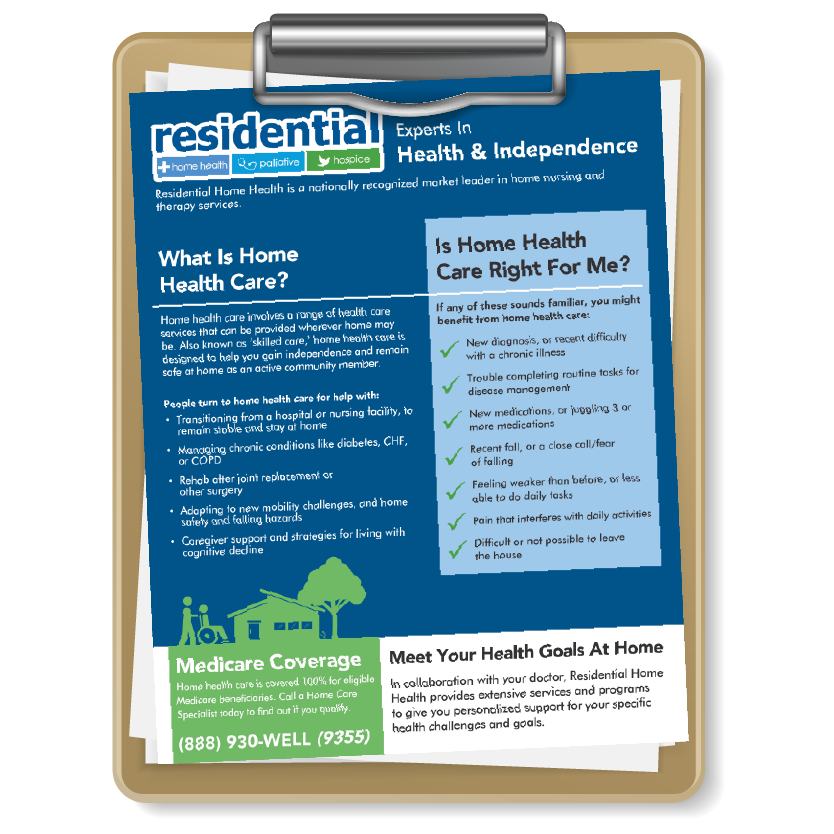Although mandates continue to be added as medical insurance requirements, they are controversial. Client supporters claim that requireds help to ensure sufficient health insurance protection while others (especially medical insurance business) grumble that mandates increase the cost of healthcare and health insurance. Mandated health insurance coverage laws passed at either the federal or state level normally fall under among three classifications: Health care services or treatments that should be covered, such as substance abuse treatment, birth control, in vitro fertilization, maternity services, prescription drugs, and smoking cessation.
Dependents and other related individuals, such as adopted children, dependent students, grandchildren, and domestic partners. The mandated advantage laws most often use to medical insurance protection offered by employers and private health insurance coverage purchased straight by an individual. The majority of people whether for or versus mandates agree that mandated health benefits increase health insurance premiums.
1% to more than 5%. Trying to determine how a mandated benefit will impact an insurance coverage premium has been extremely complicated. The mandate laws vary from state to state and even for the same required, the guidelines and policies might differ. For instance: Many states mandate coverage for chiropractors, however the number of allowed sees may vary from one state to another.

Considering that chiropractic physician services can be expensive, the influence on medical insurance premiums may be greater in the state with the more generous advantage. Furthermore, the lack of requireds could also increase the expense of health care and medical insurance premiums. If somebody who has a medical problem goes without necessary healthcare since it is not covered by his/her insurance coverage, he or she might become sicker and need more expensive services in the future.
( B) STATES MIGHT NEED EXTRA ADVANTAGES.( i) IN GENERAL.Subject to the requirements of provision (ii), a State may need that a qualified health plan offered in such State offer benefits in addition to the important health advantages defined under section 1302( b).( ii) MENTION MUST PRESUME COST.Replaced by area 10104( e)( 1 ). A State will pay( I) to a private registered in a competent health insurance used in such State; or (II) on behalf of a private described in subclause (I) straight to the qualified health insurance in which such individual is registered; to defray the cost of any extra benefits described in stipulation (i).
All about What Is Essential Health Care

The choice did not impact other provisions. The information on this web page continues to show state actions addressing the ACA. For NCSL's updated summary and analysis of the Court's decision and its results see: U.S. Supreme Court and Federal ACA The state areas of this online report are an informal summary explanation of state and federal requirements and are not planned as legal Click here! suggestions.
February 1, 2021 DETROIT, February 1, 2021 Health Alliance Strategy, a Michigan-based not-for-profit health insurance, revealed today that it has included five popular.
The Act specifies specific categories of benefits as "Necessary Health Advantages." The classifications of necessary health benefits are: Ambulatory patient services Emergency services Hospitalization Maternity and newborn care Mental health and compound utilize condition services, including behavioral health treatment Prescription drugs Corrective and habilitative services and devices Lab services Preventive and wellness services and chronic illness management Pediatric services, including oral and vision care Health strategies, including self-insured plans, that cover Necessary Health Advantages (EHB) may not apply dollar yearly or life time dollar limits to the benefits.
The New York State Department of Health (DOH) revealed the accessibility of $355 million under the Vital Healthcare Service Provider Assistance Program (EHCPSP), as established pursuant to Section 2825-c of the general public Health Law (PHL). The EHCPSP offers moneying to essential health care service providers that supports debt retirement, capital projects or non-capital tasks, for the purpose of facilitating their transformation through mergers, consolidation and restructuring activities planned to develop economically sustainable systems of care.
Through RFA # 1510190320, applications were granted to essential healthcare service providers that have demonstrated a commitment to establishing innovative models of health care delivery. Awards were revealed on March 4, 2016. On March 23, 2016, the Department of Health hosted a webinar for recipients. The following guidance is available: CRFP and EHCPSP Grants: Questions and Responses.
All about Why Doesn't The Us Have Universal Health Care
The outcry over brand-new suggestions that question cancer screening guidelines for ladies when and how frequently to have mammograms and Pap smears illuminates problems that will be faced once again and once again in the struggle to consist of healthcare expenses. Late in 2015, the U.S. Preventive Providers Task Force (USPSTF) and the American College of Obstetricians and Gynecologists (ACOG) recommended raising the age for regular screenings for breast and cervical cancer and https://www.openlearning.com/u/january-qahbxe/blog/AnUnbiasedViewOfHowDoesUniversalHealthCareWork/ extending the time in between follow-up tests.
The USPSTF encourages women to wait till age 50 before getting their very first mammogram, rather than age 40, and to be screened every 2 years rather of each year. The task force also recommends women stop mammograms when they reach age 75 and to stop self-examination. The task force says Continue reading self-exams are not helpful in detecting breast cancer, but do trigger stress and anxiety followed by unnecessary, pricey tests.
The company likewise says females in their 20s with normal Pap smear results should be tested every 2 years rather of every year and that women in their 30s can wait 3 years. The recommendations are triggering debate. The American Cancer Society (AIR CONDITIONER), the Society of Breast Imaging (SBI) and the American College of Radiology (ACR) oppose reduction in the administration of mammograms.
If embraced, the impact of these recommendations extends beyond the female population. how many countries have universal health care. The nation spends billions of dollars every year on diagnostic procedures associated with these and other cancers due to the fact that, as when it comes to all illness, cancer is more survivable when identified in its early stages. The question is what are vital health care expenses? Should there be limitations on tests and treatments? Are present norms in illness avoidance overly precautious and wasteful instead of proactive and cost-saving? Currently, private health insurers, Medicare and Medicaid develop limits through their policies, and a chief grievance about the country's present system is the failure of insurance provider to approve treatments in particular circumstances.
There are some healthcare benefits you can rely on getting no matter what plan you select. The Affordable Care Act needs that all plans cover essential health benefits for private and household strategies and small group plans. All of our plans use these required essential health benefits: Outpatient services Emergency situation services Hospitalization Maternity and newborn care Psychological health and compound utilize condition, including behavioral health treatment Prescription drugs Rehabilitative and habilitative services and devices Lab services Preventive and wellness services and persistent disease management Pediatric vision A few of these advantages, like preventive services, will be paid at 100 percent without any copay.